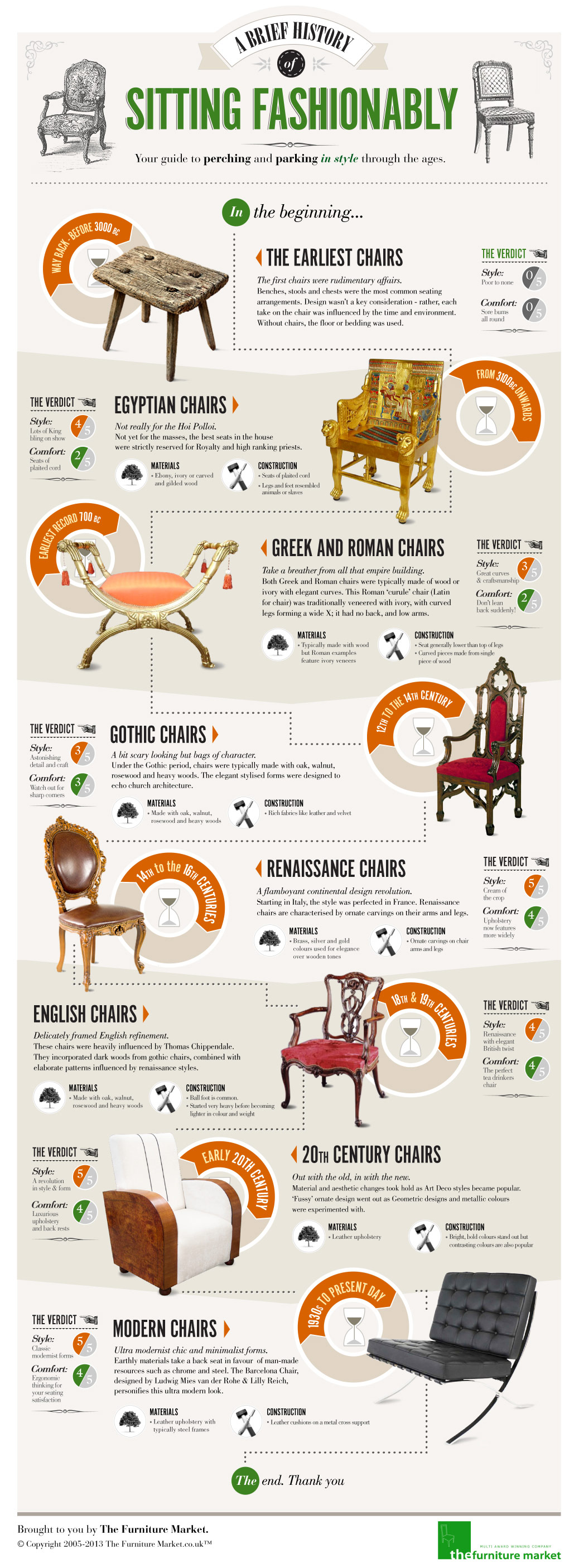Reveal The Enthralling Experience Of Renovating Aged Cupboards, Revealing Unimaginable Tales And Opening The Tricks Of Classical Times
Reveal The Enthralling Experience Of Renovating Aged Cupboards, Revealing Unimaginable Tales And Opening The Tricks Of Classical Times
Blog Article
Author-Gorman McMahan
To start the trip of recovering antique cabinets, you require a keen eye for detail. Envision revealing hidden secrets within each layer of background ingrained in the wood. Image the satisfaction of reviving a once-forgotten item to its former splendor. Every action of this meticulous process holds the essential to preserving the past while producing a future antique. So, are you ready to start this transformative venture and unlock the possibility of your antique closets?
Analyzing the Cabinet's Condition
When starting the remediation process, start by examining the condition of the antique cabinet. Thoroughly analyze the overall structure for any kind of signs of damages such as splits, chips, or loose joints. Inspect the timber for any rot, warping, or insect invasion that may have taken place gradually. It's essential to identify the extent of the reconstruction required prior to proceeding additionally.
Next, examine the cupboard's equipment such as hinges, knobs, and locks. Make note of any missing out on items or components that need fixing or replacement. Ensure that all hardware is functioning properly and securely affixed to the cabinet.
Additionally, examine the closet's finish. Seek any scrapes, discolorations, or staining that might affect the visual allure. Determine if the coating requires to be stripped and reapplied or if an easy touch-up will certainly suffice.
Gathering the Required Devices and Products
After examining the problem of the antique cupboard, the following step is to collect the essential tools and products for the reconstruction procedure. Before you begin, ensure you have the adhering to products accessible:
- wood cleaner
- sandpaper in different grits
- wood filler
- paint or wood stain
- brushes
- handwear covers
- safety goggles
- a dust mask
- a ground cloth
- a putty blade
- a hammer
- a screwdriver
- a hoover
These tools and products are important for an effective reconstruction.
Timber cleaner is important for removing years of dust and grime build-up, preparing the surface area for sanding. Sandpaper of various grits aids in smoothing out flaws and preparing the wood for a brand-new coating. Timber filler is handy for repairing any kind of fractures, openings, or dents existing in the cabinet.
Repaint or wood discolor, in addition to brushes, permit you to personalize the closet to your choice. pop over to this web-site in mind to put on gloves, safety goggles, and a dirt mask for protection. Lay down a drop cloth to secure your work area, and make use of a vacuum cleaner to clean up any debris.
With these devices and products collected, you prepare to begin the reconstruction process.
Implementing the Repair Refine
To efficiently carry out the reconstruction procedure on your antique cupboard, begin by thoroughly cleaning up the surface with the wood cleaner. This step is essential as it helps get rid of years of dirt, gunk, and old polish that might have built up on the surface.
As soon as the closet is clean and completely dry, analyze the problem of the wood. Seek any kind of splits, scrapes, or various other damages that require to be resolved. Use wood filler to repair any type of flaws, ensuring to match the filler color to the wood tone for a seamless surface.
After the fixings have dried out, delicately sand the entire surface area to develop a smooth and also base for the new surface. Take care not to sand also aggressively, as you don't intend to harm the timber underneath.
When the sanding is complete, use a timber stain or finish of your selection, adhering to the manufacturer's guidelines. Permit the coating to completely dry totally prior to applying a safety leading layer to make certain the durability of your restored antique cupboard.
Conclusion
Since you have actually finished the repair procedure, your antique cabinet looks like brand-new.
By following the step-by-step overview, you had the ability to examine, repair, and enhance its problem easily.
With cabinet formica and protective top layer, your valued piece will certainly remain to beam for years to come.
Delight in the charm of your restored antique closet!
